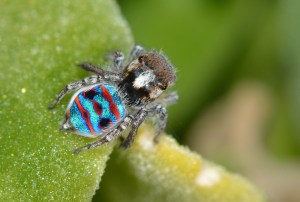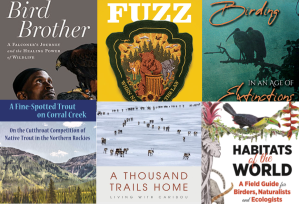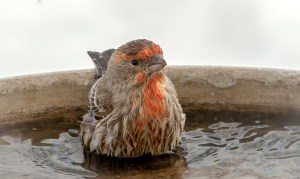Discover stories in Wildlife
The Sound of Merlin: Like Shazam, but for Birds
Just like Shazam helps identify songs, the Merlin App does the same for birds, but for cedar wax wings and ovenbirds instead of 80s Hair Bands
What Damaged That Tree? Probably Not What You Think
What ate the bark off that tree? This may answer what bears really do in the woods.
Deer Mice: Get to Know North America’s Most Abundant Mammal
New science and strange facts about North America’s quintessential rodent.
Do You Know the World’s Weirdest Wild Pigs?
Think you know pigs? Check out these wonderful, wild swine.
What’s the Weirdest Animal Courtship? Here Are 4 Candidates
Four tales of love in the wild, from peacock spiders to pufferfish.
The Mysteries of the Ponderosa Pine
Take a look at the ponderosa pine and the many creatures that rely on it.
Why Do Flickers Knock on Your House?
Knock and roll: Get to know the northern flicker.
Cool Green Winter Book Review 2022
Healing through falconry, a field guide to habitats, cutthroat trout, caribou and more in the latest book review.
Should You Provide Water for Birds in Winter?
Many provide birds food in winter. What about water?
Big Gulp: Blue Catfish Eats Wood Duck
Blue catfish will eat just about anything. Including a duck.
Conservation-Friendly Farming Can Benefit Both Birds and Crops
Is farming in harmony with conservation efforts increasing the benefits or risks from birds?
Did You Know There Are Four Hyena Species?
Meet the hyenas you don’t know: cool creatures often unfairly persecuted.











